1.2 Time-underemployment indicator 2: Wanting longer hours
Our second indicator of time-related underemployment moves beyond the focus only on part-time workers. We explore next all workers who say that they would like to work longer hours in their jobs (at their current basic rate of pay). The following sections look at this group of workers by gender, age, ethnicity and so on.
1.2.1 Wanting more hours by sex
The second indicator of time-related underemployment produces similar findings to the first one (involuntary-part-time). Figure 1.9 shows women and men who wish to work longer hours in their current jobs. Female workers are slightly more likely than are men to say they want more hours. The trends over time follow a similar pattern for male and female workers characterised by periods of increased underemployment during and after economic recessions.
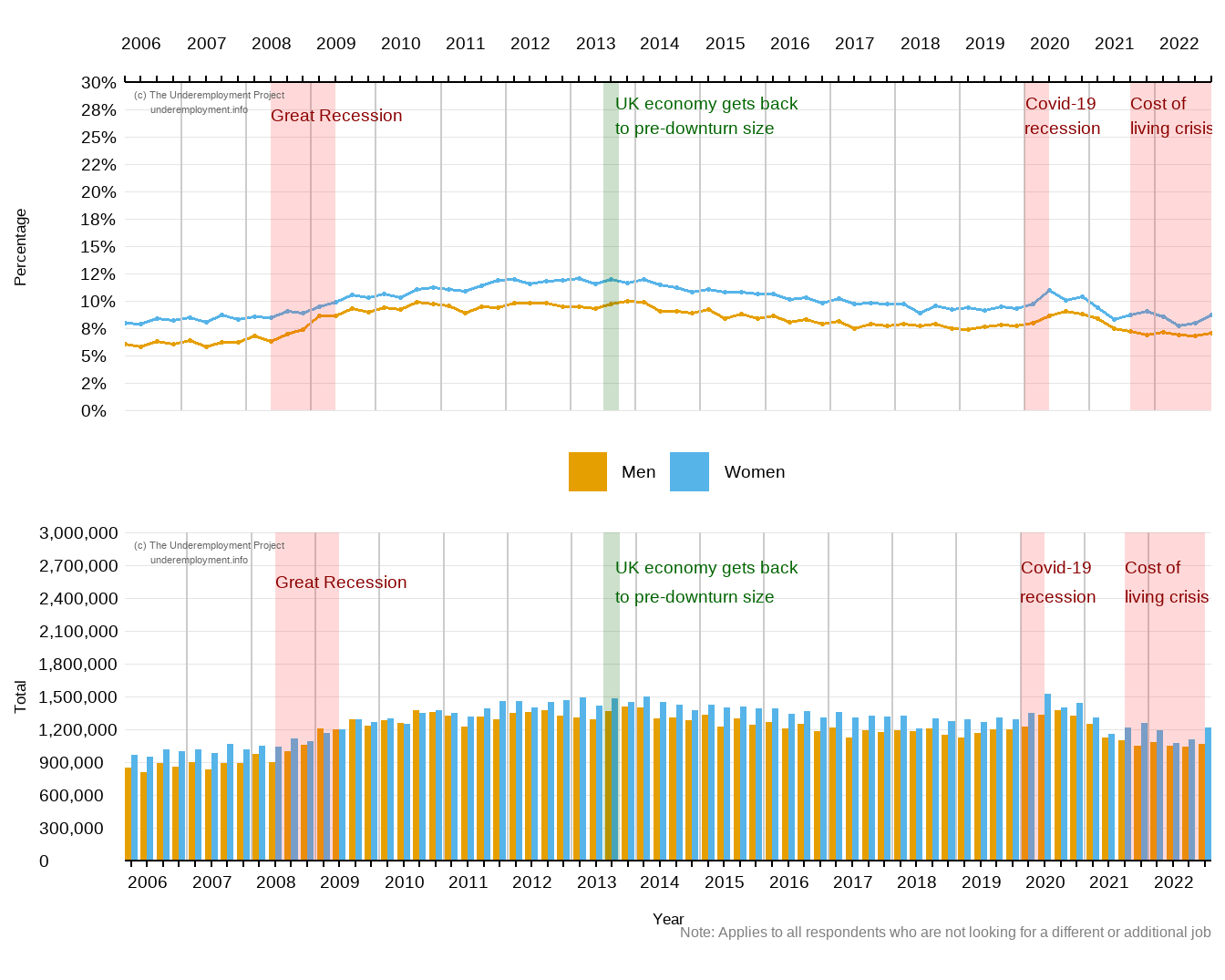
FIGURE 1.9: Women slightly more represented among workers wanting more hours
1.2.2 Wanting more hours by age group
The second indicator of underemployment again reiterates our earlier finding of higher levels of underemployment among younger workers. Figure 1.10 shows that the younger the worker is, the more likely they are to want longer hours in their current jobs. As with involuntary part-time, this form of underemployment peaked after economic recessions, particularly among younger workers.
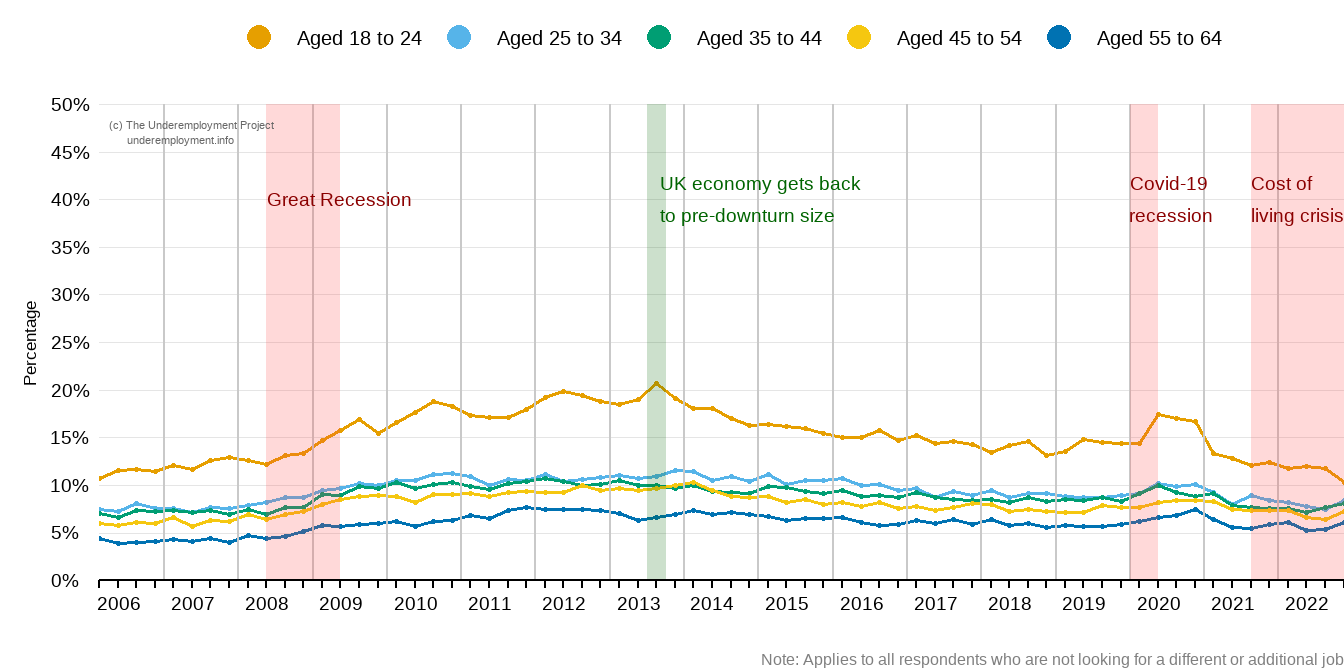
FIGURE 1.10: Young workers wish to work more hours
1.2.3 Wanting more hours by ethnic group
Figure 1.11 shows preferences for more hours of work by ethnic group. Minority-ethnic workers are again more likely to want more hours than are the white majority each year, and with slightly fluctuating levels over time.
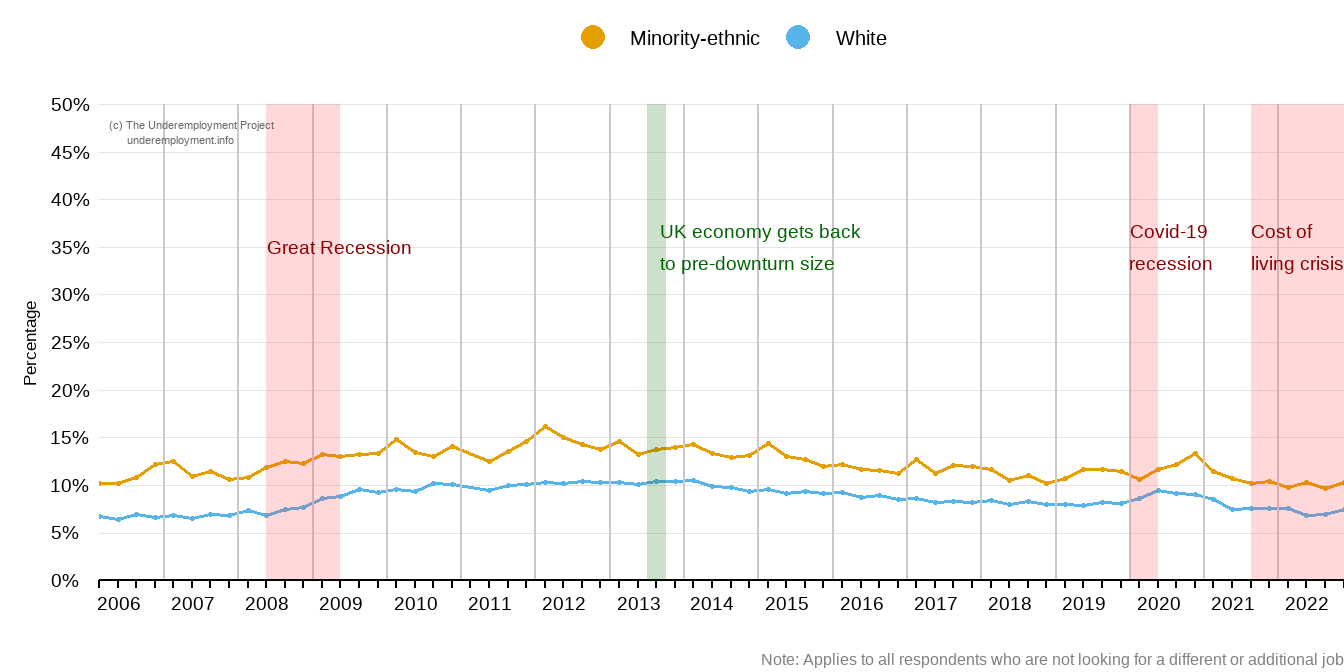
FIGURE 1.11: Ethnic-minority group are up to two times more likely to wish for more hours of work
1.2.4 Wanting more hours by qualification level
Figure 1.12 compares preferences for more hours in the current job by qualification. Overall, workers with lower level and no qualifications are substantially more likely to want to work more hours, certainly when compared with those with degrees who are again the group least likely to be underemployed.
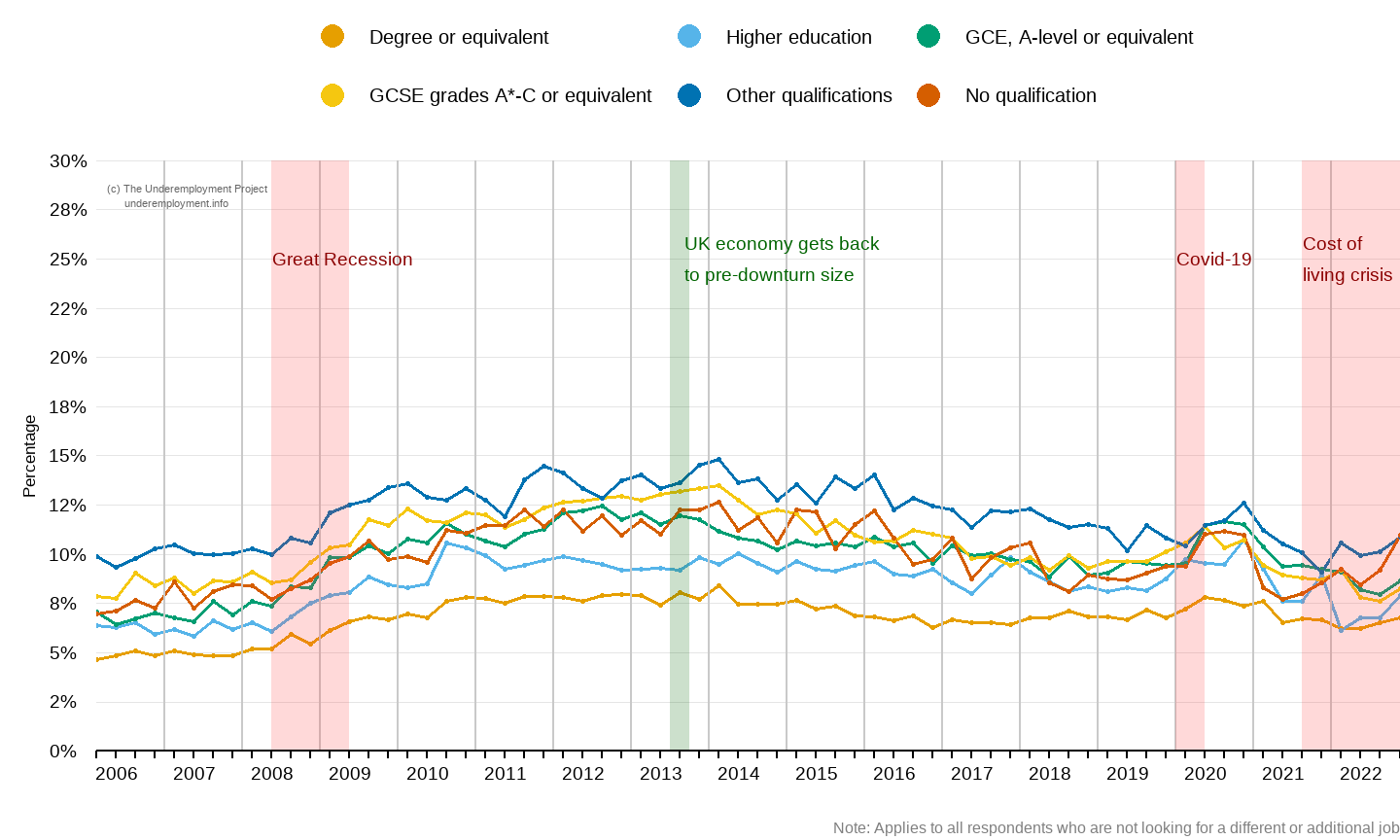
FIGURE 1.12: The lower the qualification, the more likely to want more hours
1.2.5 Wanting more hours by occupational group
That the risks of being underemployed are shaped by occupational group is also shown with this second indicator. Workers in routine and semi-routine occupations are more likely to report wanting to work more hours in their current jobs than are other workers (Figure 1.13), peaking at almost one-fifth of the workers in 2013 and starting to rise again in 2022 after a post-pandemic dip.
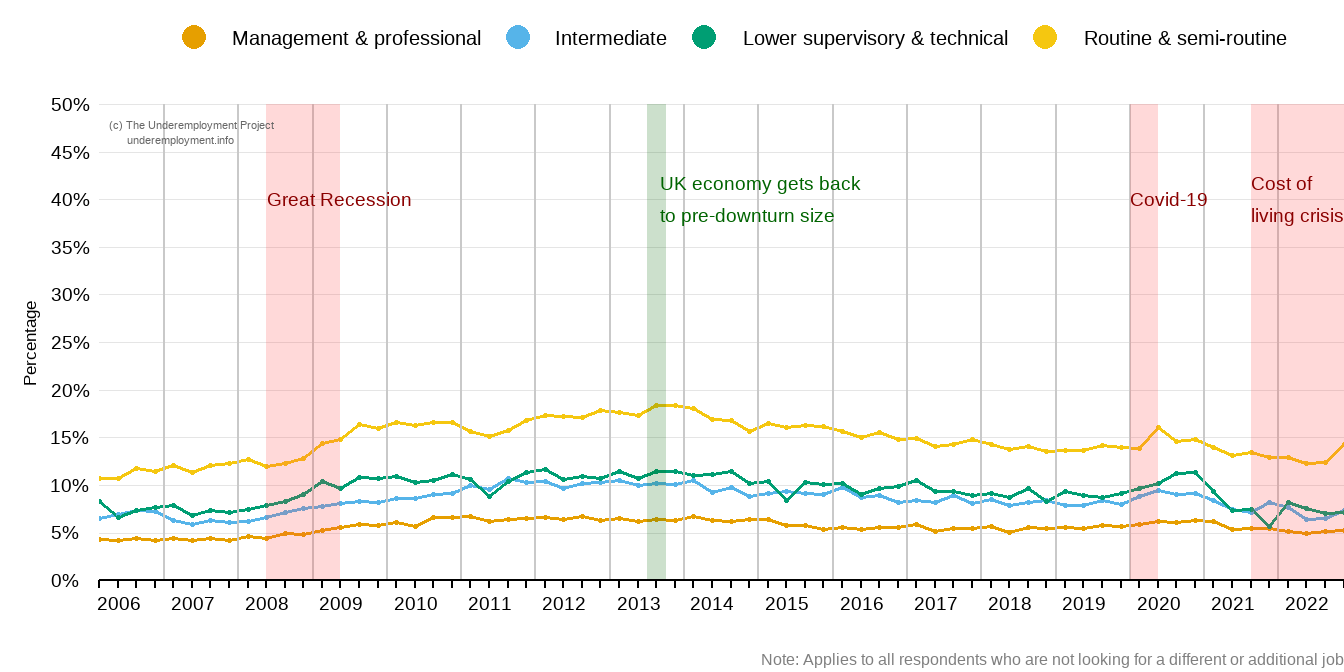
FIGURE 1.13: Routine and semi-routine workers would like to work more hours in their current jobs
1.2.6 Wanting more hours by contract type
When we examine who would like to work longer hours in their current jobs, we see again the higher proportions of those on zero hours contracts who are time-underemployed (Figure 1.14). This was especially true in the years following the great recession when around a third reported wanting to work more.
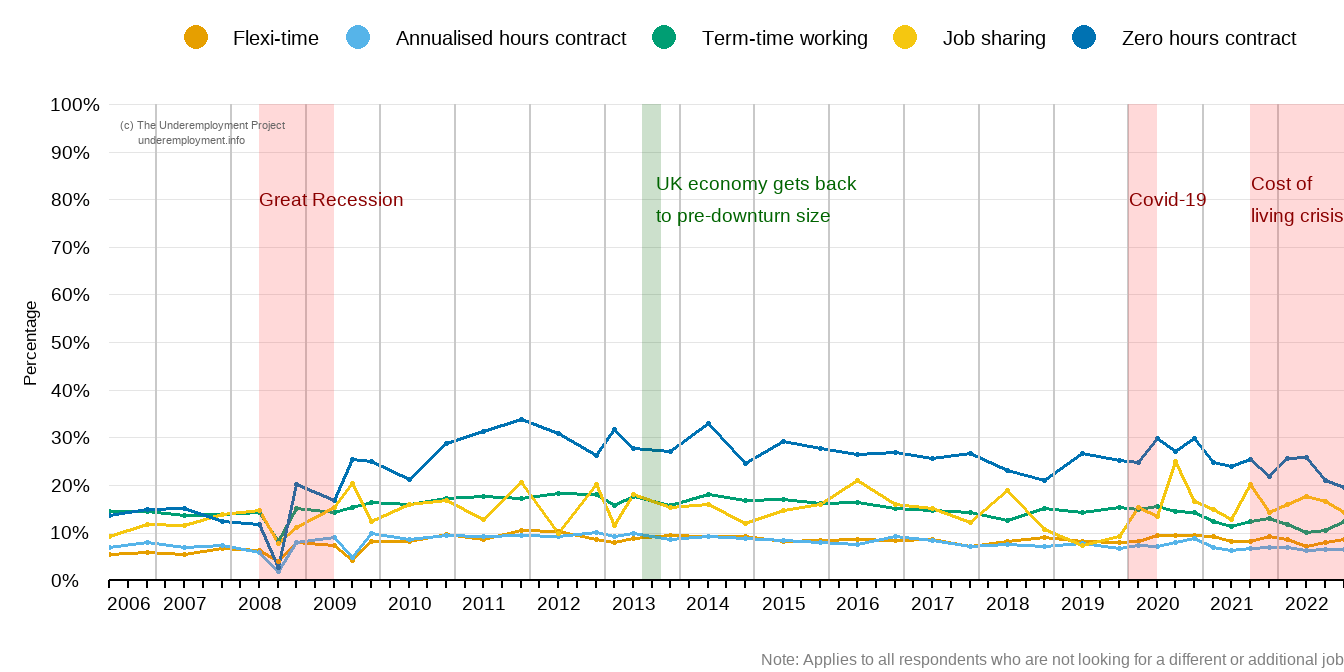
FIGURE 1.14: Workers in zero hours contracts more likely to want more hours of work
1.2.7 Wanting more hours by part-time and full-time employment
It is expected that those part-time workers who say they work part-time because they could not find full-time jobs would like to work more hours: Figure 1.15 shows that over half would like more hours. However, less is known about workers in full-time jobs and those workers who say that they are voluntarily working part-time. Are they fine with their current hours or would some also like more? Figure 1.15 shows further that one in ten of those part-timers who work part-time because they do not want a full-time job would still like to work more hours. The ‘part-time’ hours category is a wide one, with shorter hours part-time jobs often associated with lower quality (Warren and Lyonette 2015). It is notable that a smaller proportion of full-time workers express a desire for more hours compared to both groups of part-timers.
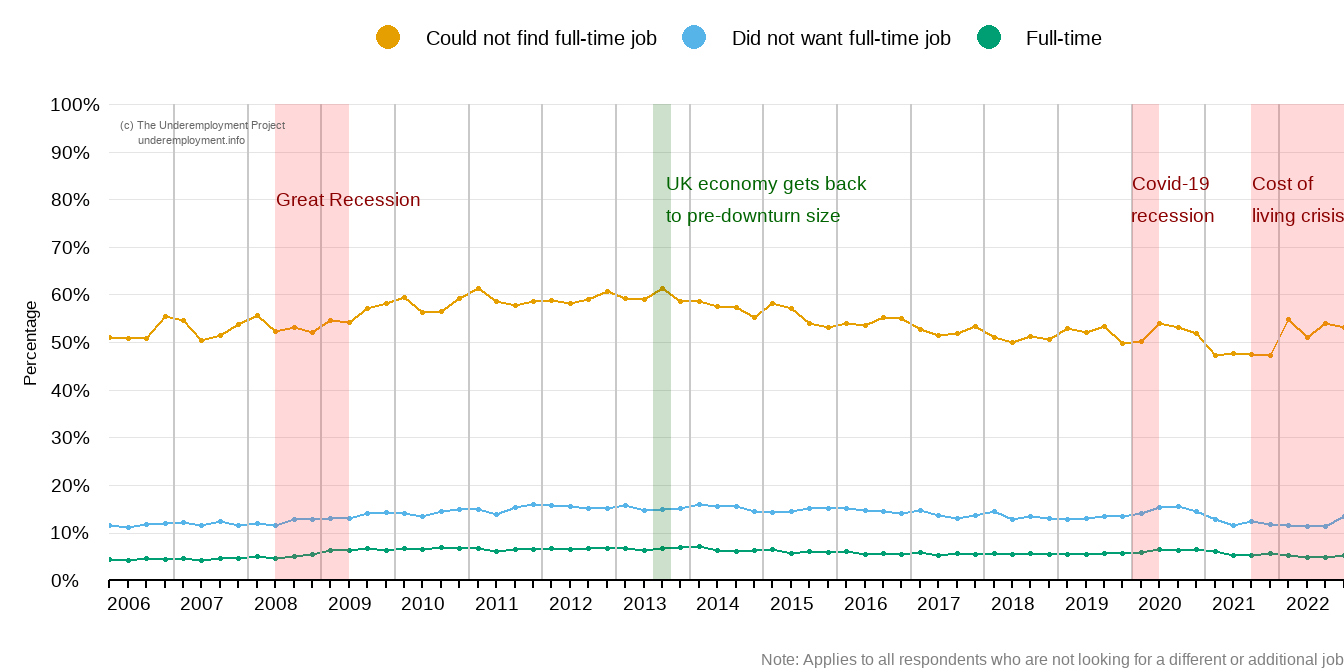
FIGURE 1.15: Some voluntary part-timers and full-time workers would like to work more hours
Knowing whether workers want to work more hours, or not, is a valuable indicator of time-related underemployment. It tells us little, however, about ‘how’ underemployed workers are, the intensity of their underemployment, and how far workers are away from achieving their hours preferences. Figure 1.16 shows that full and part-time workers who would like additional hours differ in the number of extra hours they would like to work. While full-time workers would like between 7 to 10 additional hours a week, those part-timers who could not find full-time would like up to 15 extra hours. Those who did not want full-time work would still like around 10 additional hours, with little change over time. Given that average hours worked by part-timers in the UK is 20 a week, this is evidence of persistent and wide actual/preferred hours gaps and deep time-related underemployment especially among part-timers.
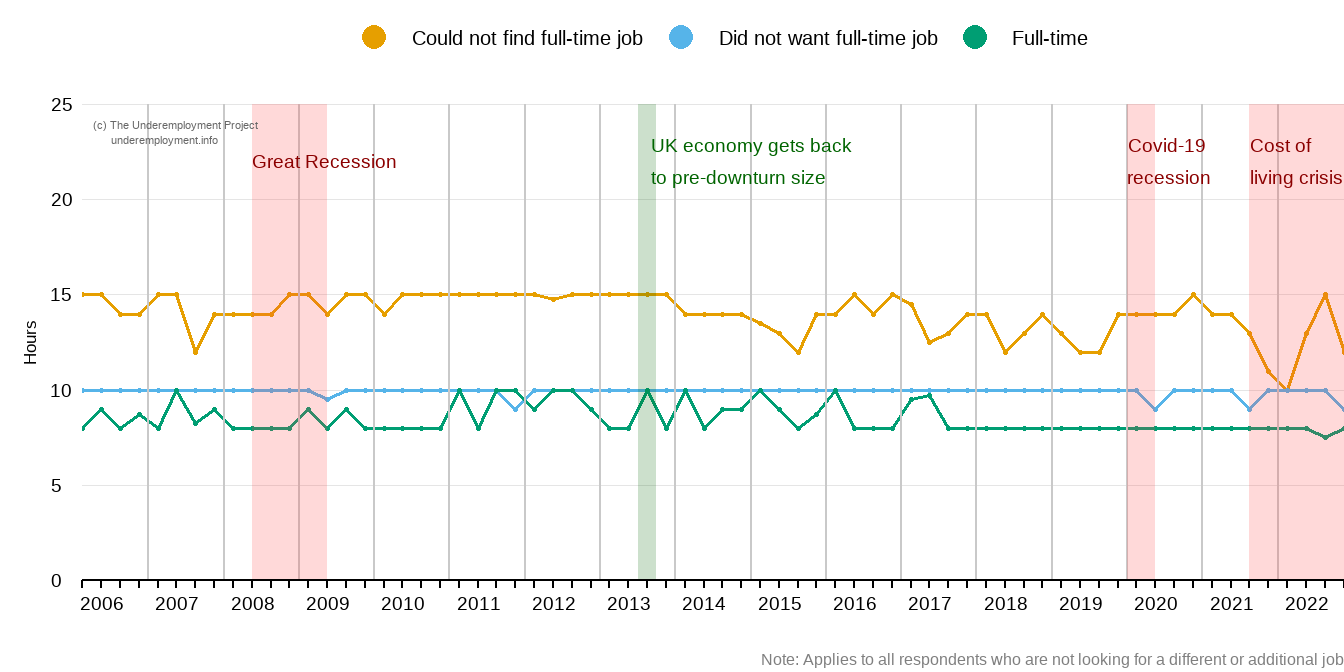
FIGURE 1.16: Extra hours wished to work by part-time and full-time workers
1.2.8 Wanting more hours by region
All regions of the UK experienced similar levels of workers wanting to work more hours and all saw slight increases after economic recessions (Figure 1.17).
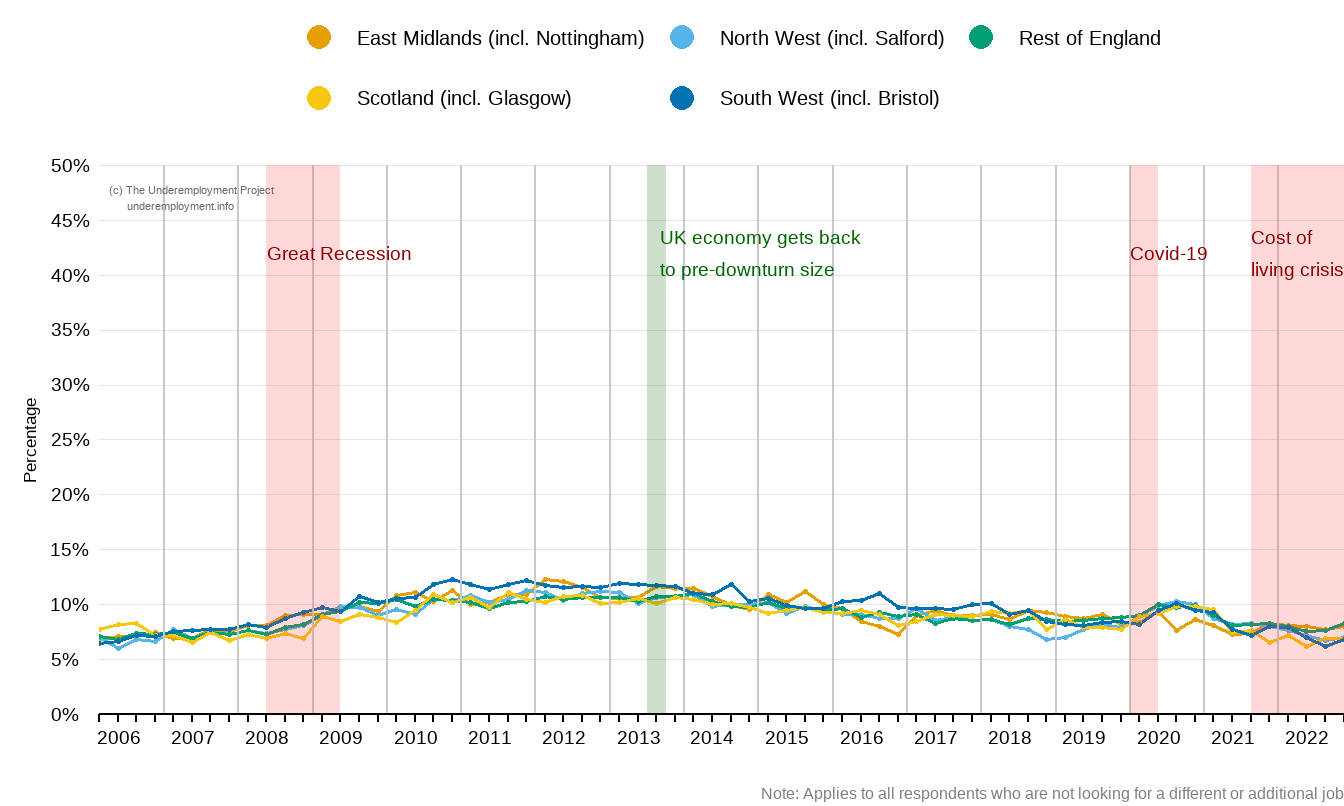
FIGURE 1.17: Slight increase in workers wanting extra hours after economic recessions and in all regions
1.2.9 Wanting more hours by industry
Similar to the involuntary part-time indicator, Figure 1.18 shows that the two sectors this project focuses on (Hospitality and Retail) have the highest proportion of workers wishing to work longer hours (followed by Education). The financial and information sectors again have low levels of underemployment, maintained over time, aside from a slight increase during the cost-of-living crisis.
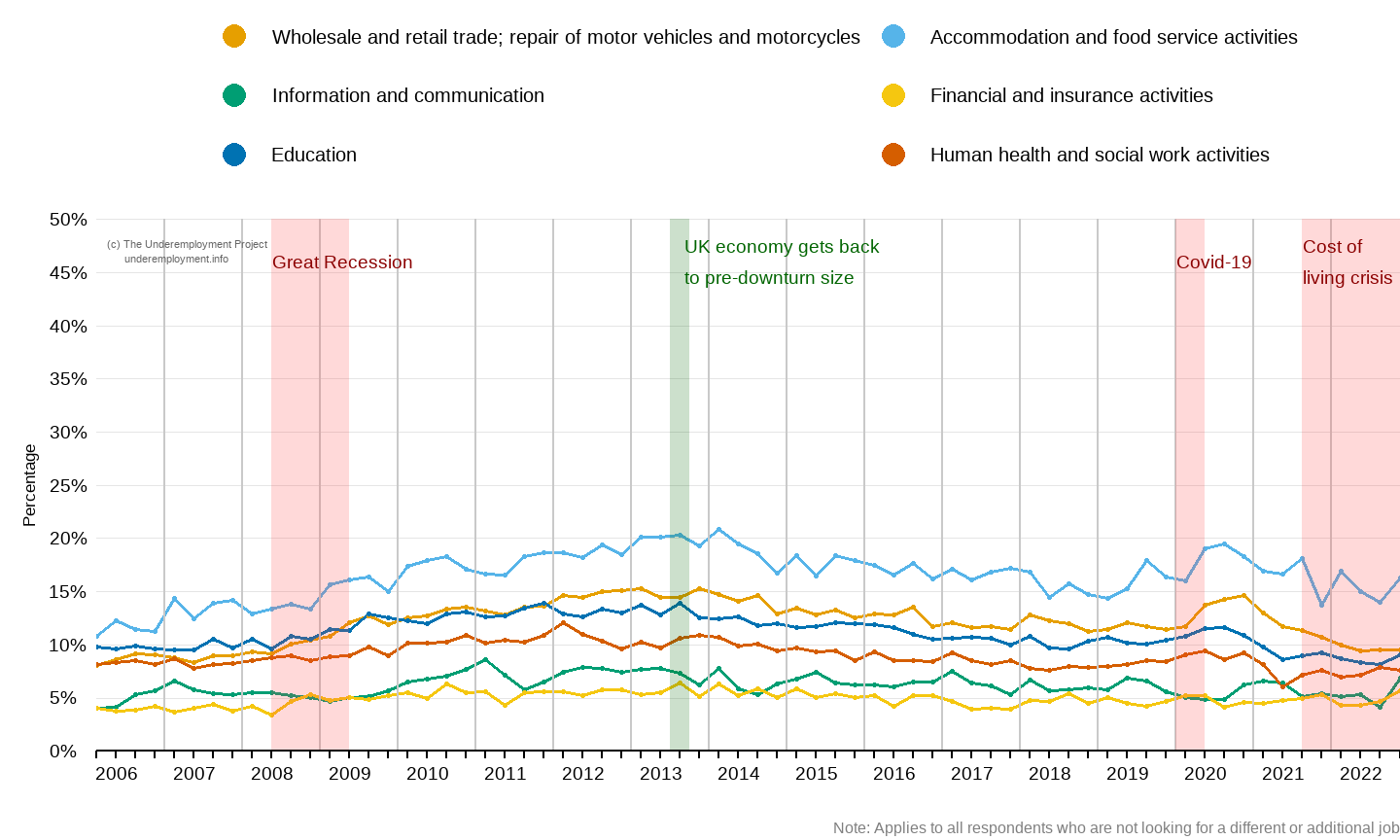
FIGURE 1.18: Workers wanting more hours concentrated in the Retail and Hospitality sectors